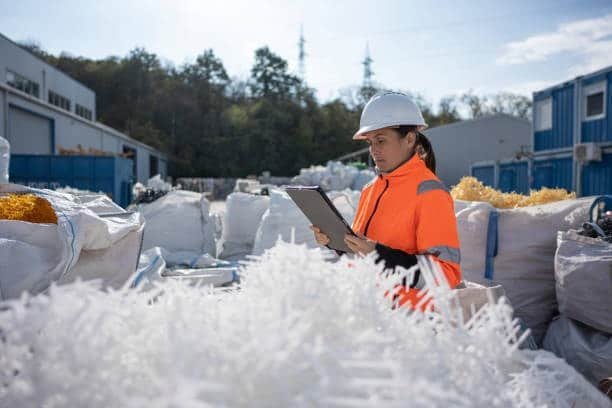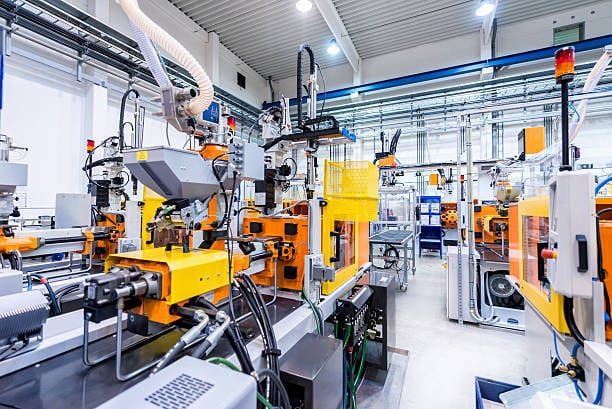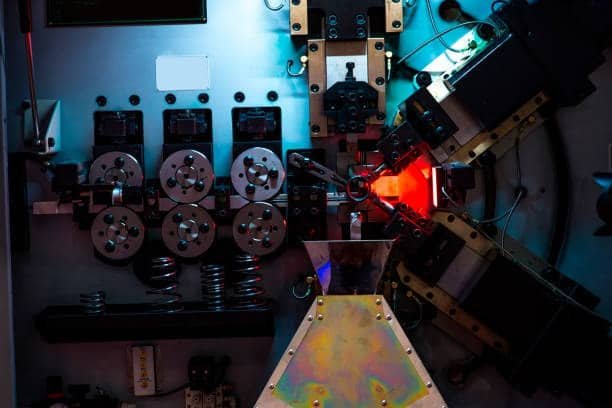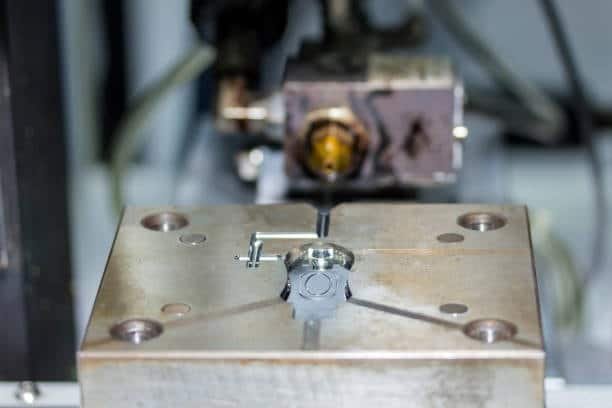Heißkanalsysteme für Spritzgießwerkzeuge sorgen dafür, dass der geschmolzene Kunststoff vom Anschluss an die Einspritzeinheit bis zu den endgültigen Formkavitäten fließt, und ersetzen damit die weniger effektiven traditionellen Kaltkanalverfahren. Die komplexen beheizten Baugruppen aus Verteilern und Düsen mit Steuerungssystemen bringen viele Vorteile mit sich, z. B. weniger Materialverbrauch, schnellere Produktion, bessere Teile und einfachere Betriebsabläufe.
Die Heißkanaltechnik eignet sich für verschiedene Anwendungen in der Automobilproduktion sowie in der Medizin-, Verpackungs- und Konsumgüterindustrie, da sie eine Reihe von Konfigurationen bietet, die von einfachen thermischen Anschnitten bis hin zu fortschrittlichen Nadelverschlussanordnungen reichen. Obwohl sie anfangs mehr kosten als einfache Kaltkanalwerkzeuge, bieten diese Heißkanalsysteme spürbare Vorteile wie geringeren Materialabfall sowie höhere Geschwindigkeit und Qualität.
Das Wachstum einer effizienten und nachhaltigen Produktion hängt heute stark von den neuen Entwicklungen in der Heißkanaltechnik Hot Tip ab. Die neueste Technologie für die Herstellung von Materialien im Kunststoffspritzgussverfahren und ein verbessertes Maschinenmanagement tragen dazu bei, die Produktionsleistung zu steigern und den Betrieb umweltfreundlicher zu gestalten. Hersteller in der Kunststoffindustrie, die unter schwierigen Marktbedingungen bessere Ergebnisse erzielen wollen, sollten in Heißkanalsysteme investieren, da sie ihnen in allen Phasen der Produktentstehung wesentliche Vorteile bieten.










